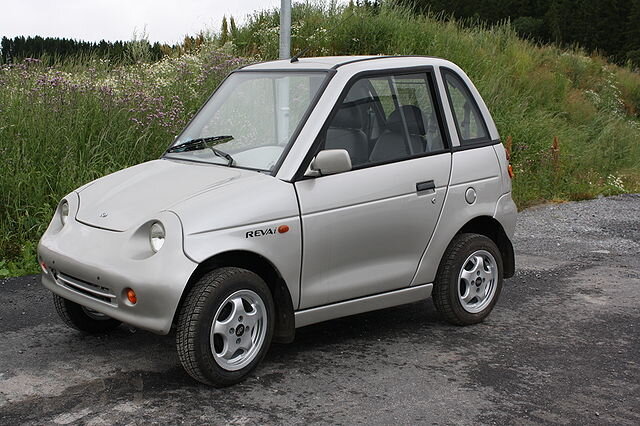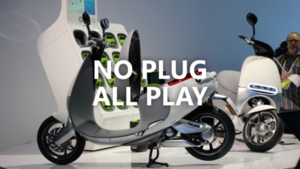No engine. No gears. No oil. No chain? Electric tech is bringing fresh ideas to motorcycle design, but can an all-electric aesthetic breathe new life into a struggling segment?
Electric cars are sexy. Ever since EVs left the awkward embrace of 2000s toy-cars for the welcoming arms of Tesla, they’ve been leading the charge for exciting automotive design. Door handles, mirrors, grilles and even curves have all been cast aside by pioneering EVs. Is every idea a winner? Perhaps not, but at least we’re learning something on the way.
And while they don’t get quite so many headlines, a lot of the same things can be said for motorcycles. In an era where bikes smell less like leather and more like takeout every year, can electrification make motorcycles sexy again?
Re-engineering
A lot of electric cars’ influence on auto design can be traced down to their fundamentally different architecture. When engineers are forced to start from scratch, designers tend to respond with a similarly foundational approach. The ‘e’ is Honda’s most ambitious car in decades. Would they have dared to attempt such a bold design on any of their combustion models?
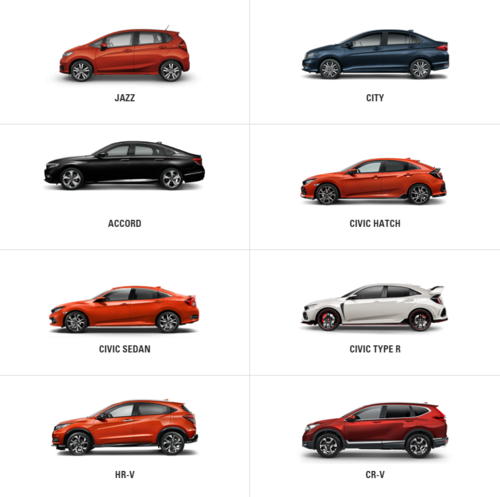
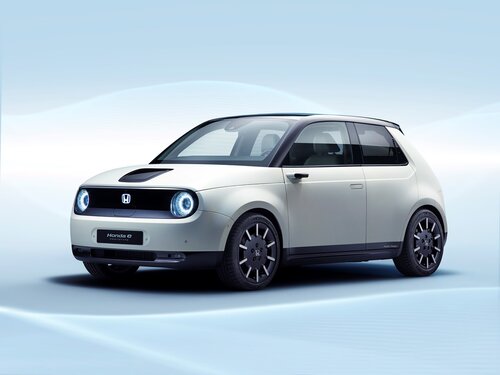
In this respect, motorcycles have even more to gain from the switch to electric. Most bikes’ powertrains are on full display; even just swapping out engines & fuel-tanks for batteries & motors has given early electric models a noticeable look. The Harley-Davidson LiveWire isn’t wildly unfamiliar to motorcyclists, but it certainly stands out against their famously engine- and exhaust-heavy aesthetic.
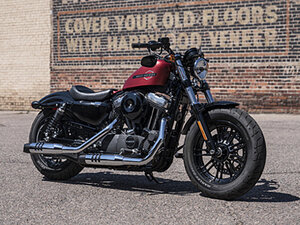
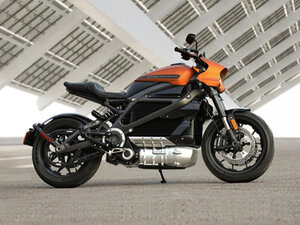
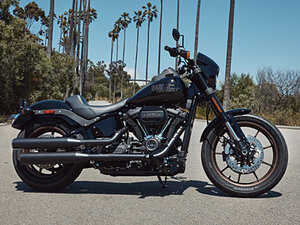
Much like Harley’s home on the highways, trails are also seeing an electric renaissance. I’ve written before about how dirt bikes stand to benefit from electrification: silent motors and off-the-line torque are just some of the perks these bikes are enjoying. Smaller models are already blurring the line with e-bicycles and raising ground clearance to crotch-scratching heights — and many are already available in Australia.
The pros and cons of electric dirt bikes
Also in Australia, Melbourne’s own Savic Motorcycles have made headlines for their bare-bones approach to motorcycle design. Every piece of engineering is on full display here: motor, hulking battery, single-spring suspension, and a skid plate. A combustion bike couldn’t match that simplicity if it tried.

Innovating
A look at Savic’s effort makes it clear just how simple an electric powertrain really is. No gears, no engine, no carburetor; no pipes or oil or fuel. All that lost weight leaves plenty of room for innovation.
But Finland’s Verge Motorcycles didn’t stop at the body. After years of prototyping and experimentation they’re taking orders on the TS, a model getting plenty of attention for its tron-style hubless rear wheel. But it’s not just empty space in there: the beefy rim houses the bike’s motor and produces a wild 1000 Nm of torque.
Verge’s effort begs the question: if wheels can be motors now, what else can manufacturers squeeze into the formerly non-electrified parts of their motorcycles? BMW has a suggestion. After trialling wireless charging in their electric cars, recent patent images reveal how they plan to bring the same tech to their motorcycles.
By resting the kickstand on a copper coil, BMW bikes will be able to channel electricity through to the bike’s batteries with the same inductive charging tech used by smartphones. Almost certainly slower than a cable, but also less effort.
Meanwhile, for that ultra-fast charge, Harley-Davidson and Lightning have already managed to integrate DC rapid-charging onto their motorcycles using the same CCS2 plug as electric vehicles. Add fuel caps to the list of components made redundant by electrification.
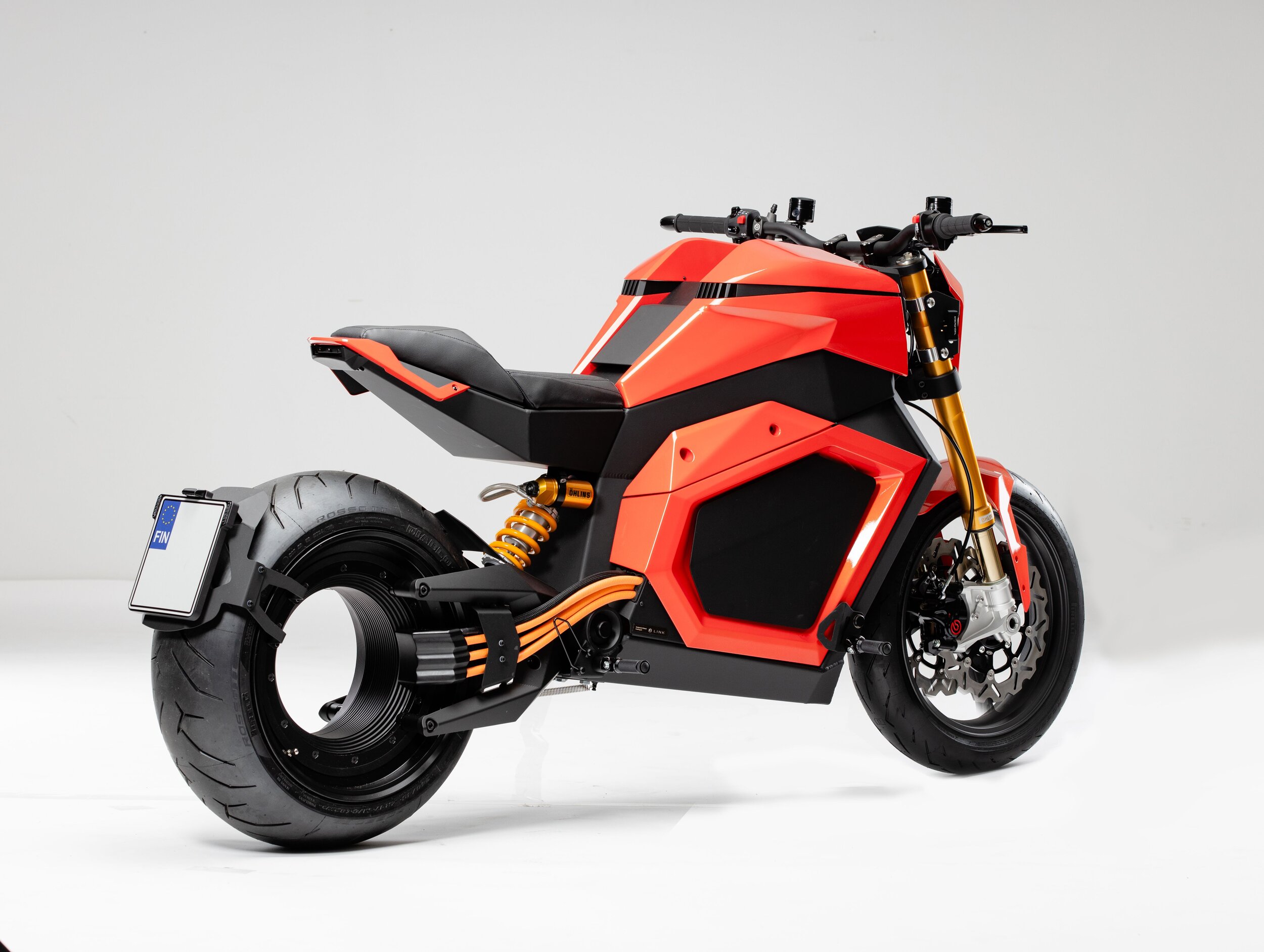
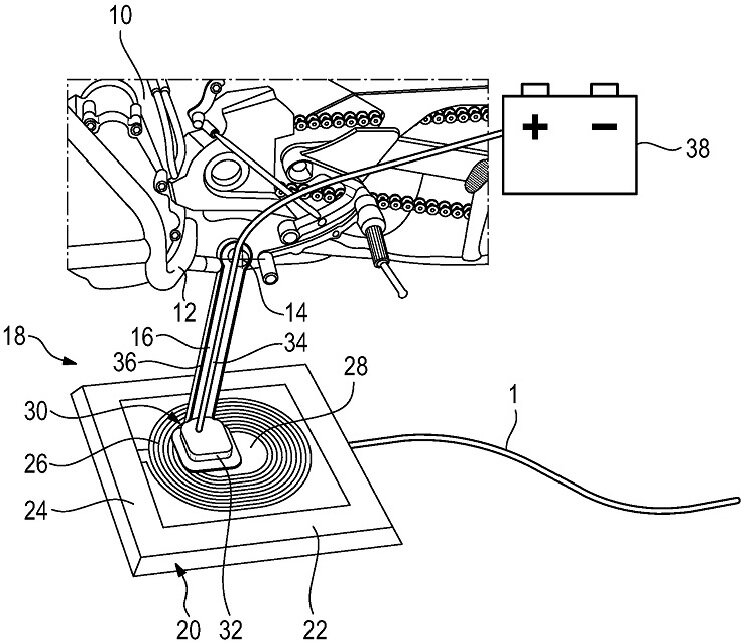
EV PLUG TYPES GUIDE
Hurry up and wait
These are only some of the ideas being tested. With the segment very much in its infancy, it’s likely we won’t see the electric motorcycles’ full potential for decades. Shrinking battery sizes will be a major driver of innovation as the market matures, but for now, they’re a hefty (and costly) obstacle to getting electric bikes on the road.
And that’s not their only roadblock. Electric motorcycles are almost guaranteed to be hit hard by the lingering effects of the COVID pandemic. If combustion bikes were already a discretionary purchase for many then their pricier, less-established electric cousins aren’t going to fare well in a global downturn — particularly not with so many of the manufacturers being start-ups. It’s hard not to conclude that many of the eye-catching innovations discussed here are a long way from Australian riders.
But there is still hope. Innovations that prioritise economy over aesthetics are finding a home in moto-heavy industries. Electric mopeds been extremely successful in Taiwan, with hot-swappable batteries making it easy for riders to stay on the road. That kind of tech has an obvious home in the food delivery game: Deliver, swap batteries, deliver again. No expensive fuel or lengthy detours required.
Are swappable EV batteries really a dead end?
The same goes for the booming electric scooter and bicycle rental industry. Commuters don’t need hundreds of kilometres of range, they need cheap and accessible transport. Electric tech offers that. E-bicycles aren’t so different to e-motorcycles.
So maybe I was wrong to mock motorcycles for their association with service. Exciting tech doesn’t just need inspiration and sex-appeal to thrive, it needs an economic argument. I’d be happy to bet that even most seasoned motorcyclists’ first interaction with electric bikes won’t be a hubless Harley or a regenerative roadster, it’ll be through an app.


